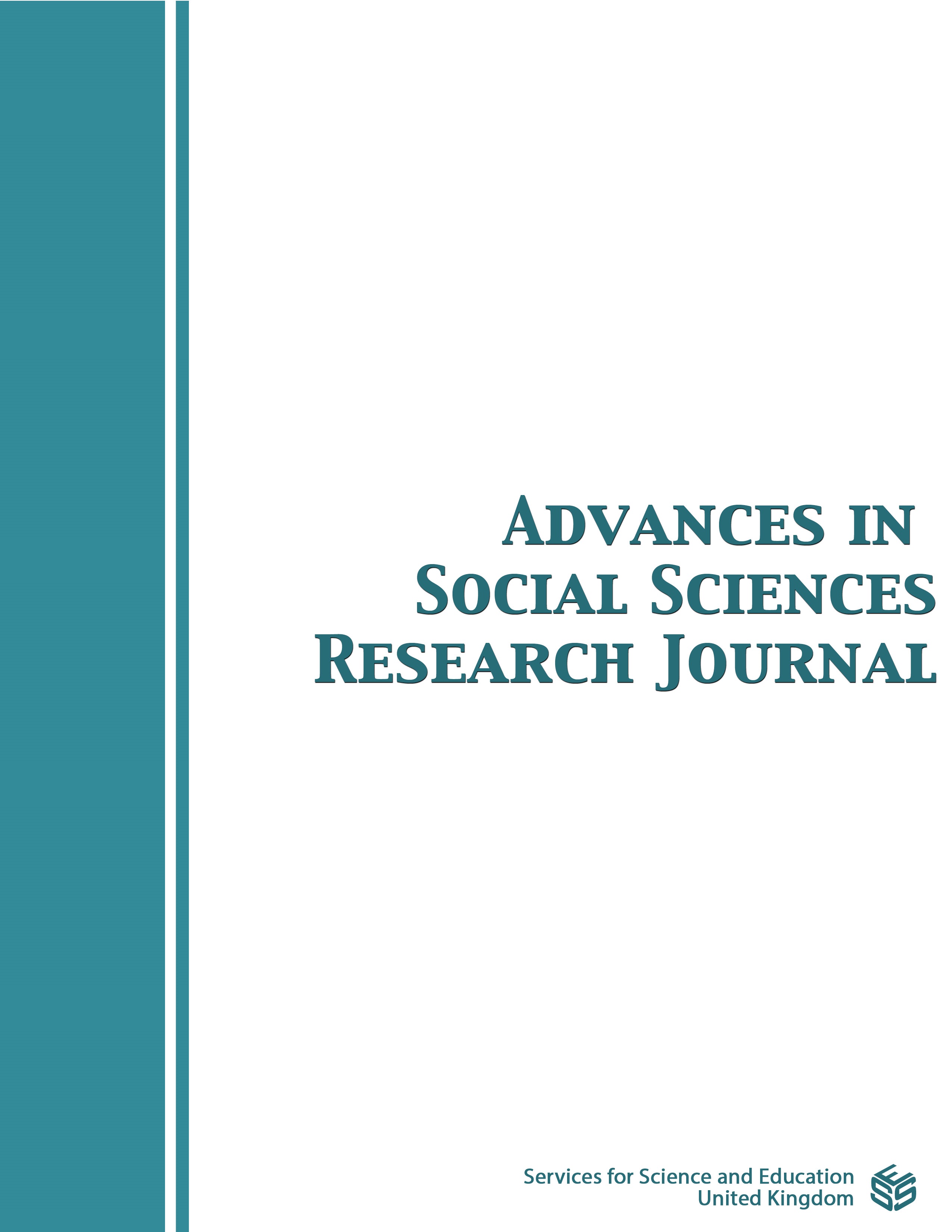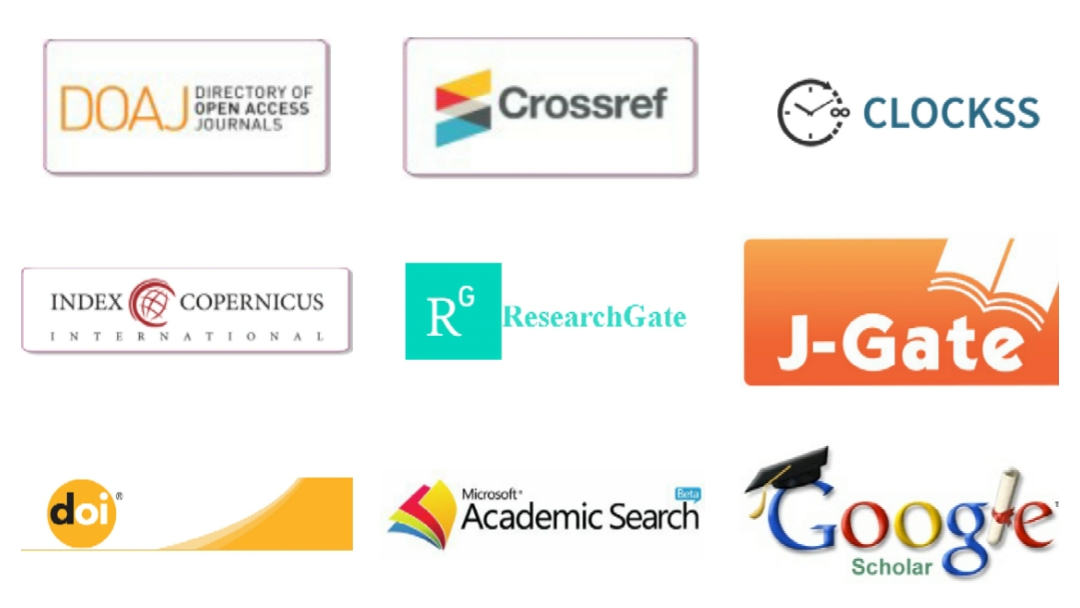The Effect of Using Five Different Moscow-Muston Methods in Developing Some Basic Skills in Basketball Among Students of the Faculty of Sports Sciences at the Arab American University
DOI:
https://doi.org/10.14738/assrj.1202.18315Keywords:
Teaching methods, Interactive Teaching, Command Style, Practice Style, Reciprocal Style, Divergent Style, Guided Discovery Style, Physical Education, Sport Sciences, BasketballAbstract
This study aimed to investigate the impact of different teaching methods on learning basketball skills among students at the Faculty of Sports Science at the Arab American University. An experimental approach was utilized, incorporating pre- and post-assessments for both the control group and the experimental groups of basketball course sections. The sample consisted of 112 male and female students from the Faculty of Sports Science. The findings revealed that students preferred the reciprocal teaching method for learning basketball skills, followed by the practicing method. Additionally, the command method proved to be effective in improving basic basketball skills. Statistically significant differences were found in the post-test measurements between the control group and the four experimental groups, with the experimental groups showing superior performance. Based on these results, the study recommended emphasizing reciprocal and practicing methods, reducing reliance on the command method, training instructors to apply interactive methods, and adopting modern teaching strategies such as training, reciprocal, divergent thinking, and guided discovery to improve sports skills. It also suggested providing training courses for coaches and teachers to effectively implement these methods, as they were found to enhance athletic performance more effectively than the command method.
Downloads
Published
How to Cite
Issue
Section
License
Copyright (c) 2025 Ali Maher Shanti, Saber Abdellaoui, Med Jed Tijani, Abderraouf Ben Abderrahman

This work is licensed under a Creative Commons Attribution 4.0 International License.
Authors wishing to include figures, tables, or text passages that have already been published elsewhere are required to obtain permission from the copyright owner(s) for both the print and online format and to include evidence that such permission has been granted when submitting their papers. Any material received without such evidence will be assumed to originate from the authors.






